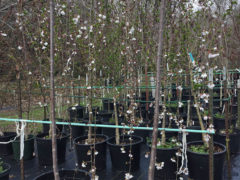
snow fountains dwarf weeping cherry
Prunus x 'Snofozam'
A naturally weeping form covered with bright, snow white flowers on compact, hardy landscape specimen tree. Produces … Continued
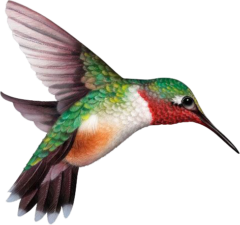 Hummingbirds, bees and butterflies are well-known pollinators, but there are thousands of unsung pollinator heroes, including moths, wasps, flies, and beetles, many mammals, birds, and reptiles, who also take on the job.
Hummingbirds, bees and butterflies are well-known pollinators, but there are thousands of unsung pollinator heroes, including moths, wasps, flies, and beetles, many mammals, birds, and reptiles, who also take on the job.
Pollinators move from plant to plant, fueling up with pollen and nectar from blooming trees, shrubs, perennials, annuals, vegetable plants, and herbs. As they move, the pollinators transport and deposit pollen, fertilizing plants and allowing them to reproduce.
Pollinator plants can be native and non-native, but not all flowering plants are equal when it comes to providing the highest quality protein-rich pollen. Many hybrids don’t even produce pollen at all. The following list includes pollen-rich plants to include in your garden to provide pollinators with food.
Local butterfly expert Lenora Larson has created these informational handouts. You can download them here!
• Butterflies: Flying Flowers in your Garden!
• A Vital Connection: Native Plants and Butterflies
• Long Lips Farm Caterpillar Foodplants
• Butterfly Bartending: Nectar Flowers
• Long Lips Farm: Selected Butterfly Nectar Flowers
• Bee Friendly: Plants for Bees and Other Pollinators
Since 1970 the population of North American birds has dropped nearly 30% — almost three billion birds have vanished from our forests, grasslands, and backyards in less than a human lifetime. It’s a chilling fact that makes it clear that we must act as individuals to help ensure their survival.
Most importantly, ninety-six percent of all terrestrial bird species rear their young on insects so it is also important to grow plants that feed insects to provide a well-rounded habitat in your garden.
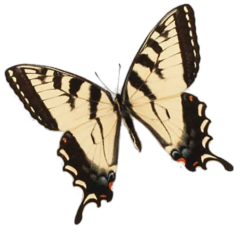

Prunus x 'Snofozam'
A naturally weeping form covered with bright, snow white flowers on compact, hardy landscape specimen tree. Produces … Continued
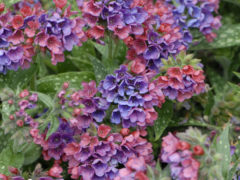
Pulmonaria hybrids
‘Raspberry Splash’ sports neon raspberry-pink clusters bloom over dark green, silver-spotted foliage in late spring. … Continued
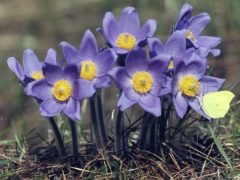
Pulsatilla patens
Silky, fern-like foliage with bell-shaped, solitary, blue-violet, yellow, pink or white flowers. Blooms are followed … Continued
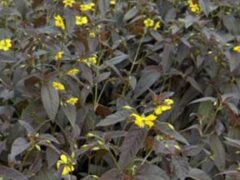
Lysimachia ciliata ‘Purpurea’
Though ‘Purpurea’ is not as invasive as other varieties, it will spread. ‘Purpurea’ performs best … Continued
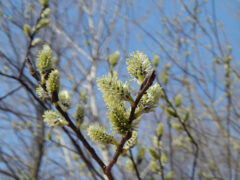
Salix discolor
Pussy willow is a small tree or large shrub. As one of the earliest blooming … Continued
Pycnanthemum verticillatum var. pilosum
This fragrant native spreads by rhizomes readily. Small white flowers on branched spires are packed … Continued
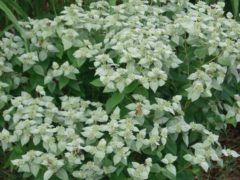
Pycnanthemum muticum
2025 Perennial Plant Association Plant of the Year® Attracts beneficial garden insects like crazy — … Continued
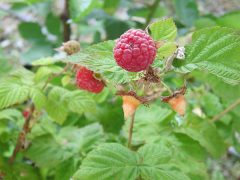
Rubus idaeus/Rubus occidentalis
‘Heritage Red’ is an everbearing variety bears fruit the first year. Produces light crop in … Continued
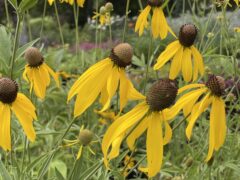
Ratibida pinnata
Native plant that thrives in dry woods, prairies and along railroad tracks and roads. Composite … Continued
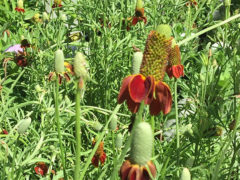
Ratibida columnifera
Round, dense, fine foliage is covered with 1″ blooms of yellow, red and bicolor flowers … Continued
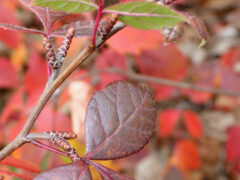
Rhus aromatica
This low-growing, native shrub forms a dense mass of stems and is used en masse … Continued
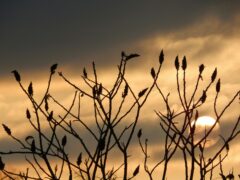
Rhus glabra
This native, deciduous shrub occurs on prairies, fields, abandoned farmland, clearings and along roads and … Continued